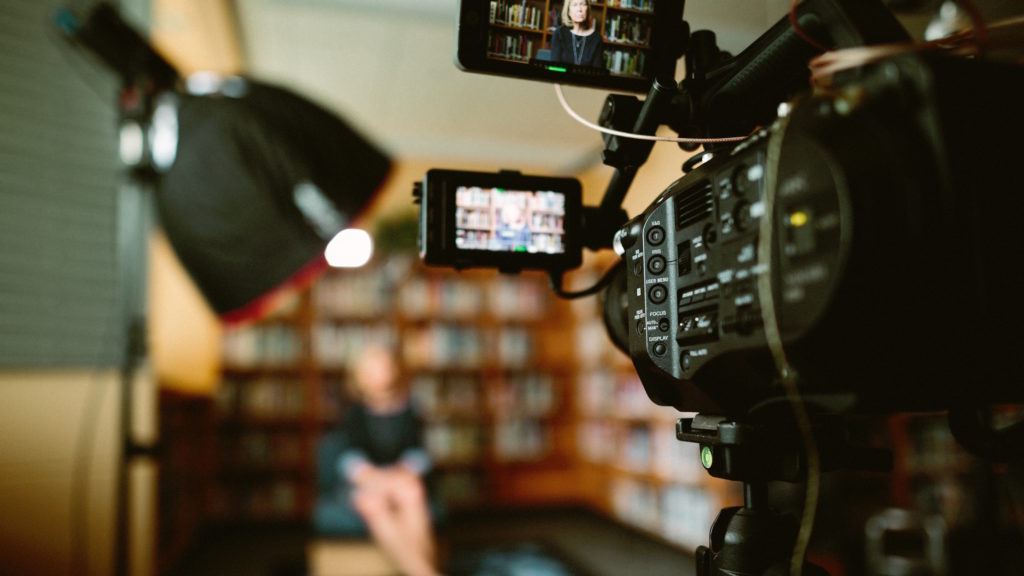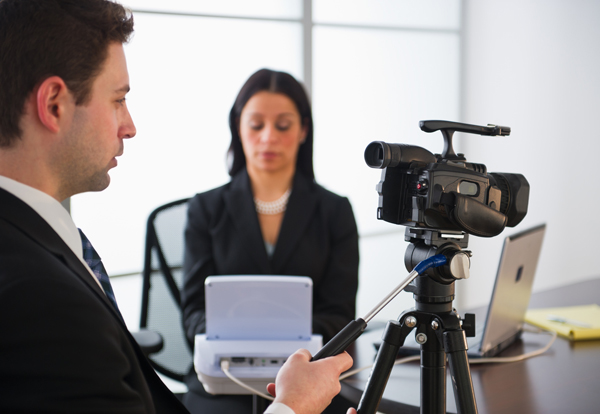Understanding the Role of Legal Videography in the Courtroom
Understanding the Role of Legal Videography in the Courtroom
Blog Article
Why Lawful Videography Is Crucial for Accurate Court Recordings
The role of lawful videography in court room setups can not be overstated, as it offers as a vital tool for protecting the honesty of court records. The ramifications of integrating legal videography into common court room practices raise vital questions regarding its more comprehensive effect on the legal system.
Relevance of Visual Proof
In the world of lawful process, the significance of visual proof can not be overstated. Visual evidence offers as a powerful tool in establishing facts, substantiating testimonies, and improving the total clearness of a case. This kind of proof, that includes photographs, videos, and representations, can offer a concrete context that verbal descriptions often do not have, consequently providing courts and courts a more clear understanding of the circumstances bordering a case.
In addition, aesthetic evidence aids in the retention of information. Human cognition is inherently aesthetic, and individuals are more probable to bear in mind and understand details provided in a visual format. In the courtroom, this can be critical, as engaging visual proof can guide opinions and strengthen the story provided by legal reps.
Furthermore, making use of visual proof can decrease misunderstandings and uncertainties that usually develop from verbal exchanges. By giving a straight representation of events, visual evidence helps to remove subjective interpretations and promotes a much more unbiased evaluation of the facts. The integration of aesthetic evidence right into lawful proceedings not only strengthens the stability of the judicial process yet also boosts the likelihood of accomplishing a just outcome.
Capturing Non-Verbal Signs
Utilizing advanced videography techniques can dramatically improve the capture of non-verbal hints during legal process. Non-verbal interaction, consisting of face expressions, body movement, and eye call, plays a vital function in communicating feelings and intents that might not be explicitly stated in verbal testament. legal videography. Legal videography uses high-definition video cameras and tactical angles to ensure that these subtle signs are videotaped with clarity and accuracy
The capability to analyze non-verbal actions can supply valuable context to statements made during court sessions. For example, a witness's hesitation or self-confidence can be translated through their posture or motions, possibly affecting the jury's understanding of credibility. The use of close-up shots can assist concentrate on an audio speaker's expressions, allowing for an extra nuanced understanding of the statement.
Moreover, integrating multiple video camera angles can develop a comprehensive view of communications, highlighting dynamics in between parties entailed. This multifaceted strategy not only enhances the accuracy of the court record but additionally aids in maintaining the honesty of the judicial procedure - legal videography. Inevitably, capturing non-verbal signs via legal videography fosters a richer, much more complete depiction of court process

Enhancing Testimony Reliability
The reliability of testimony can be dramatically boosted via making use of high-quality i was reading this lawful videography. Video recordings serve as an objective medium that captures not only the spoken words of witnesses however also the subtleties of their distribution, consisting of tone, pacing, and psychological expressiveness. This multifaceted documentation gives a more clear understanding of the witness's trustworthiness and objectives, which can be crucial in legal proceedings.
Additionally, lawful videography minimizes the potential for false impressions that may occur from written records alone. When jurors can observe a witness's disposition and body language along with their testament, they are better geared up to assess the credibility and dependability of the evidence provided. This aesthetic context can strengthen the testimonial narrative, making it more engaging and trustworthy.
Furthermore, the presence of a video recording can prevent potential variances in testament. Witnesses might be a lot more careful in their statements when they know they are being taped, resulting in more accurate and genuine accounts. On the whole, high-quality lawful videography boosts the stability of testament, making certain that the court has accessibility to a complete and sincere representation of the facts as conveyed by the witnesses.
Supporting Appeals and Reviews
Legal videography plays a crucial duty in sustaining allures and reviews by offering an extensive visual record of court proceedings. This visual documents captures not only the talked words of look at this site witnesses and attorneys but also the nuances of body movement, intonation, and court characteristics. Such components can be essential in understanding the context of statements and disagreements offered.
In the appellate procedure, where the focus gets on errors of law and procedural fairness, a video record can act as an essential device for appellate courts. It allows courts to evaluate the initial test context, making certain that decisions are based on a total understanding of the process. The capacity to visually evaluate the attitude of witnesses or the communications in between parties can disclose understandings that created records may forget.

Additionally, legal videography can aid in clearing up obscurities in testaments or procedural judgments, thus strengthening the basis for a charm. By using a reliable, unbiased account of what taken place in court, lawful videography not only supports the stability of the legal process but likewise empowers all parties included to make informed choices regarding their cases.
Enhancing Court Procedures
Enhancing courtroom performance, legal videography enhances procedures by supplying immediate access to visual documents of procedures. This technology allows courts, attorneys, and juries to revisit critical testament and proof, ensuring that all celebrations have a clear understanding of the situation. By recording the subtleties of spoken and non-verbal interaction, videography enriches the document, making it much easier to realize the context and weight of statements.

In addition, video clip recordings can promote remote participation in hearings, allowing for higher adaptability in organizing and involvement, which is particularly valuable in intricate cases involving several stakeholders.
Final Thought
In conclusion, legal videography plays an essential duty in making certain exact court recordings by giving important visual proof that records both verbal and non-verbal communication. This technique boosts the dependability of testaments, supports appellate evaluations, and improves courtroom procedures. By promoting a comprehensive understanding of courtroom dynamics, lawful videography eventually adds to more equitable judicial end results, strengthening the integrity of the lawful system and assisting learn this here now in educated decision-making.
Report this page